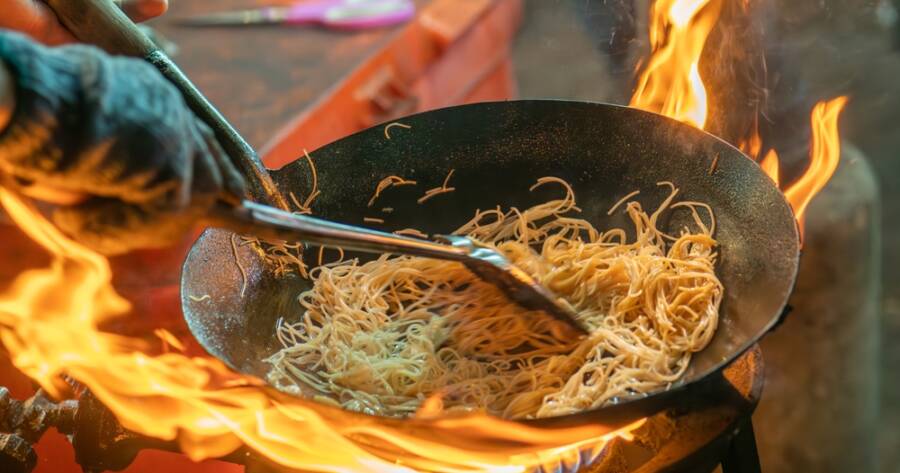For many travelers, food has become more than just fuel—it’s the highlight of the trip. In recent years, culinary tourism has exploded in popularity, transforming the way people explore new places. No longer satisfied with sightseeing alone, modern travelers are seeking deeper, more sensory experiences—and food has become the universal language that connects us to cultures, traditions, and people. Whether it’s slurping noodles on a street corner in Hanoi, taking a pasta-making class in Tuscany, or foraging for herbs in the hills of Peru, food-focused travel offers something traditional tourism can’t: a chance to literally taste the world.
What Is Culinary Tourism?
Culinary tourism, sometimes called food tourism, is the act of traveling specifically to experience a destination through its local food, drink, and culinary culture. It’s not just about eating in restaurants—it includes market tours, cooking classes, food festivals, vineyard visits, street food adventures, and even harvesting ingredients alongside local farmers.
For many travelers, a destination’s flavors are as important as its landmarks. And this shift has led to a rise in immersive, food-centric experiences that go beyond passive dining and into active participation.
Why It’s Gaining Momentum
1. Food Is Culture
One of the richest ways to understand a culture is through its cuisine. Recipes are shaped by geography, climate, history, and heritage. Culinary tourism offers insights into how people live, celebrate, and connect. From spice blends to family recipes, every bite tells a story.
Instead of standing outside a culture as an observer, food invites you in as a participant—often at the kitchen table.
2. Memorable, Multi-Sensory Experiences
Travelers crave experiences that engage all five senses—and food delivers. The scent of freshly baked bread, the sound of sizzling street food, the texture of hand-rolled pasta, the sight of colorful produce at a local market—these moments become vivid memories that last far longer than a photo in front of a monument.
Food experiences are interactive, emotional, and unforgettable—the perfect ingredients for modern travel.
3. The Rise of Local and Sustainable Travel
As travelers become more conscious of their impact, culinary tourism supports local economies and sustainable practices. Eating local means supporting farmers, chefs, and artisans. It means learning where your food comes from and how it’s prepared.
Instead of fast-food chains or cookie-cutter meals, culinary travelers are choosing farm-to-table experiences, food co-ops, and family-run establishments, keeping their spending where it matters most.
Types of Culinary Experiences Travelers Are Seeking
- Cooking Classes: Learn how to make traditional dishes hands-on—from sushi in Japan to tamales in Mexico.
- Food and Wine Tours: Explore regions through curated tastings, from Tuscan vineyards to Moroccan spice markets.
- Street Food Safaris: Follow locals through bustling night markets or roadside stalls to taste authentic, everyday eats.
- Farm Visits and Foraging: Participate in the full farm-to-fork experience, from picking olives to harvesting wild mushrooms.
- Cultural Food Festivals: Celebrate local traditions and taste regional specialties all in one place.
How Culinary Travel Is Redefining Luxury
In today’s travel landscape, luxury is about access, authenticity, and connection—not just five-star service. A private cooking session with a grandmother in the French countryside or a humble shared meal in a back-alley noodle shop offers a kind of richness that transcends price tags.
Travelers are increasingly prioritizing these intimate, meaningful moments over lavish accommodations or souvenir shopping.
Savor the World, One Bite at a Time
As culinary tourism continues to shape modern travel, one thing is clear: food is far more than something we consume. It’s how we explore, connect, and remember. The next time you plan a trip, consider letting your taste buds lead the way. Because when you travel through flavor, you don’t just visit a place—you live it.

